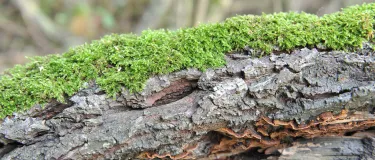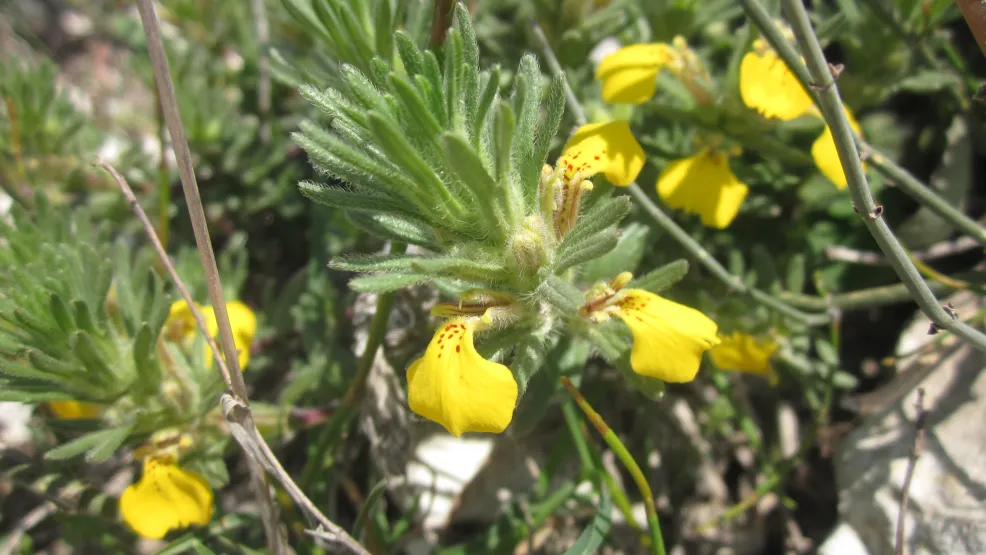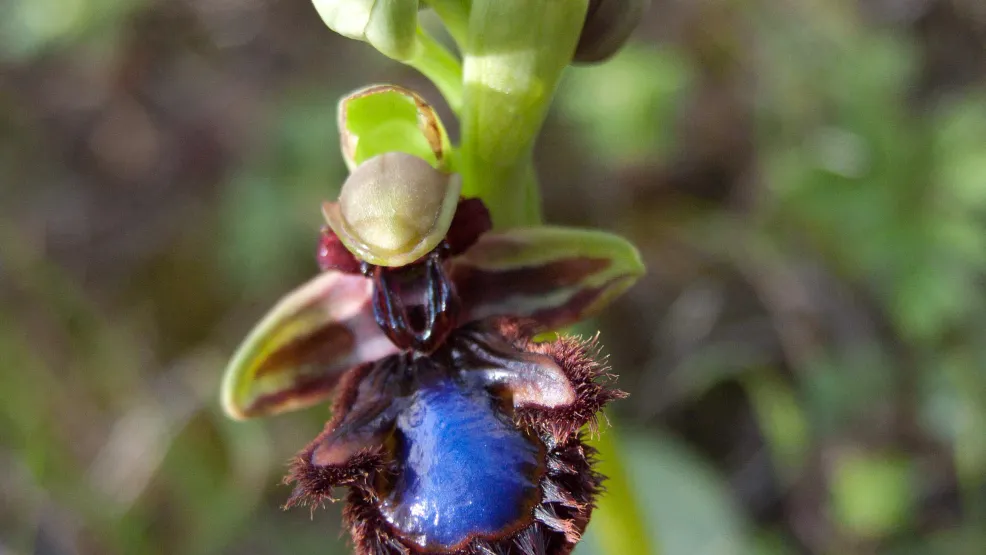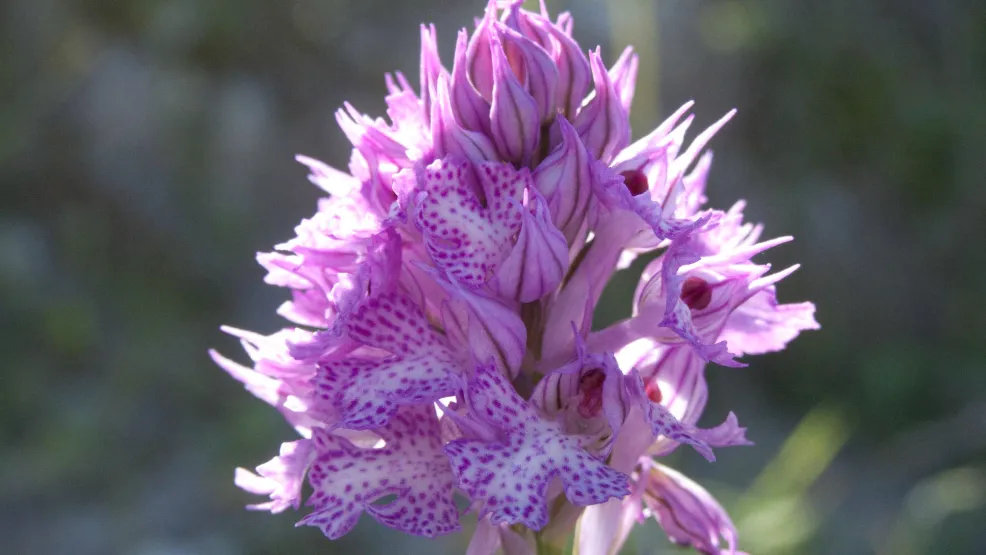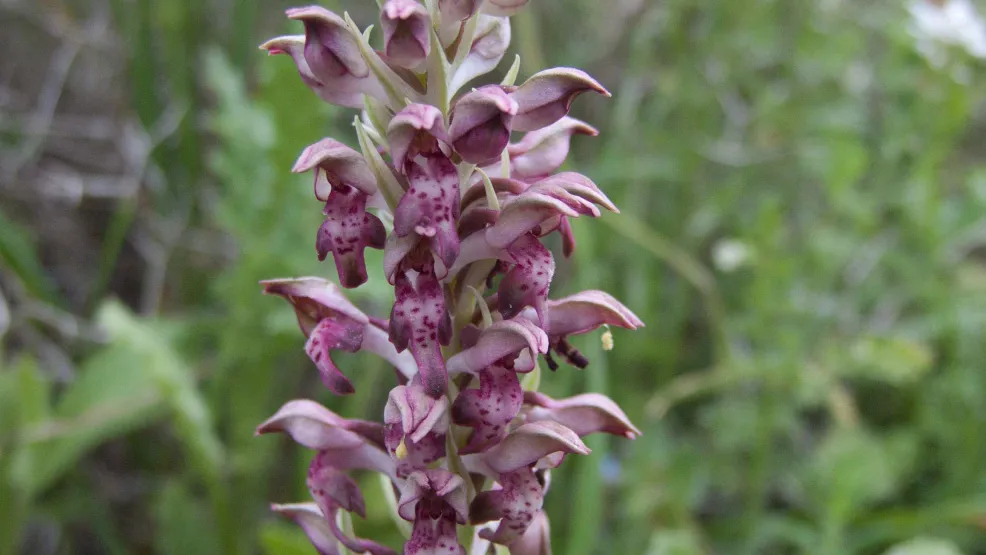Biodiversity & Quarry Rehabilitation
Holcim Lebanon follows the Holcim Quarry Rehabilitation and Biodiversity Directive, benefiting from the Group’s global expertise and knowledge in raw material management, quarry rehabilitation and biodiversity conservation. We follow an integrated approach in quarry rehabilitation and biodiversity management. We are committed to rehabilitating our quarries in a safe, environmentally and socially responsible manner, in order to:
- Reintegrate exhausted parts of the quarry into the natural landscape.
- Return the land to a beneficial post quarrying use, acceptable to stakeholders.
- Seek opportunities to protect or enhance biodiversity.
- Minimize long term environmental, social and economic impacts after quarry closure.

"The Kfarhazir Orchid Protected Area signifies a pioneering archetype of in-situ conservation of precious biodiversity by the private sector; this conservation module is definitely worth emulating. The delicate long-living orchids are now preserved in a safe haven that secures their continued survival, thanks to the responsiveness of Holcim to the call of conservation and to their sustained efforts."
An Orchid Sanctuary
Following an assessment of biodiversity to record floral species on one of Holcim's sites originally dedicated for excavation, a hillside was identified as a haven for orchids species. The habitat was categorised a site of high significance due to the presence of 15 types of orchids species (out of 86 taxa), the equivalent of 17.5 of the national diversity. This exceptional concentration of orchids, with many experiencing habitat loss, projects a site with outstanding national and global value.
We preserved the site to be a protected area for orchids to ensure their survival and progress. Since its establishment as a sanctuary for orchids, yearly biodiversity monitoring is carried out to monitor the orchids population and develop their capacities by alleviating threats. Engagement with the local community supports the preservation of the natural assets. The project also aims to promote the educational value of the site by targeting the interest of the academic community in enhancing their understanding of the natural system.
Quarry Rehabilitation Project
A large number of abandoned quarries are scattered in Lebanon as a result of unplanned infrastructure developement. With other 1,000 quarry sites left without restoration, abandoned sites leave scars in scenery and have negative impact on local ecosystems and livelihoods of the surrounding communities. We, at Holcim Holcim, are committed to rehabilitating its quarries in compliance with the Group Guidelines and in line with our integrated sustainable development strategy.
In 2012, we signed a memorandum of understanding with the International Union for Conservation of Nature (IUCN), Regional Office of Western Asia (ROWA) to restore an abandoned quarry in Chekka that aims to be a model for rehabilitated quarries in Lebanon. The project, a joint collaboration with experts from the National Council for Scientific Research (CNRS) - Lebanon and the Association for Forests, Development and Conservation (AFDC), was implemented under the supervision of IUCN ROWA.
Building on our experience in rehabilitating a degraded quarry, this manual provides guidelines for rehabilitation practices in Lebanon and the Mediterranean. It presents milestones towards a successful rehabilitation process and discusses challenges and constraints facing restoration initiatives while highlighting lessons learned for future rehabilitation attempts in limestone quarries.
Click below to download the manual.





